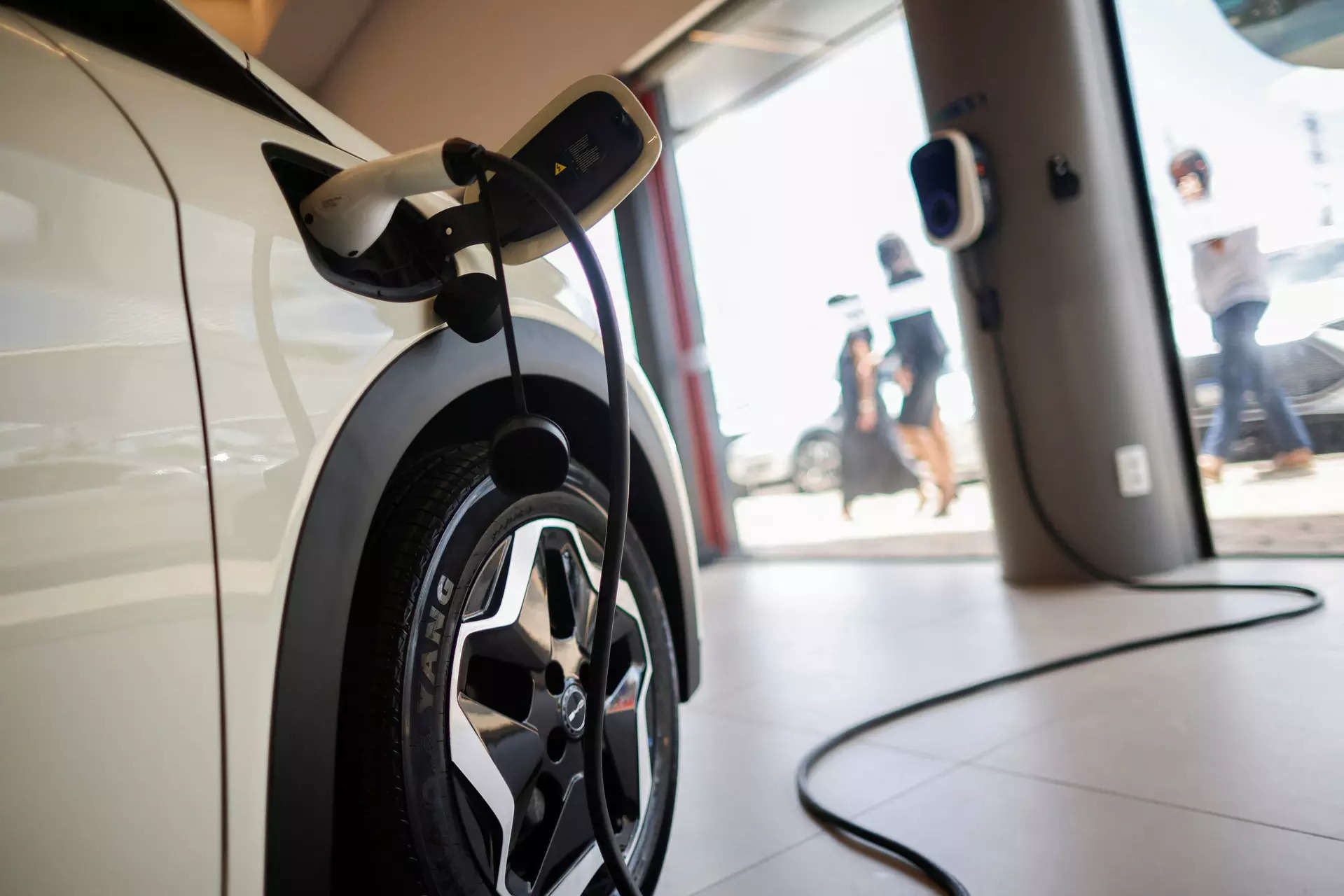
New Delhi: Electric vehicle (EV) makers will need to ensure a high degree of localisation for the models subsidised under the Electric Mobility Promotion Scheme (EMPS). They also need to provide a three-year or 20,000-km comprehensive warranty to two-wheeler buyers — and an 80,000-km warranty on three-wheelers — to be eligible for the scheme.
EMPS replaces the Faster Adoption & Manufacturing of Electric Vehicles in India (FAME II) programme.
“The manufacturers’ comprehensive warranty will have to cover the EV battery, the most crucial component of the vehicle, besides ensuring that there are adequate facilities for after-sales service for the life of sold vehicles,” a senior government official told ET.
Reduced Incentives
While FAME II also had a three-year mandatory warranty component after an amendment, it was silent on after-sales service. It also did not say whether the manufacturers’ comprehensive warranty would include the battery.
Like FAME, EMPS will also subsidise sales of EVs. But the incentives on offer and the categories being supported have been drastically reduced.
FAME II started in 2019 and will run until the end of this month. EMPS is being seen as a special bridge scheme that will run for four months from April 1 to minimise disruption in EV sales due to the FAME programme lapsing.
EMPS will likely be the precursor to a broader scheme for electric vehicles that’s expected to be announced in the budget for FY25 after the elections, officials indicated.
According to the EMPS policy document, vehicles that are manufactured in India will be eligible to be subsidised. “EMPS is different from FAME II, a phased manufacturing programme, allowing EV makers to import parts while they localised in the interim,” a second official said.
In the new scheme, companies will need to ensure they have component manufacturing in place before claiming any sops. This has been done to prevent any possible misuse, he said.
According to the document, only cells and the battery management system can be imported. The traction battery pack, inside which these components go, is to be assembled domestically.
Further, all other components such as the power and control wiring harness, wheel rim integrated with hub motor, and traction motor controller need to be manufactured in India.

